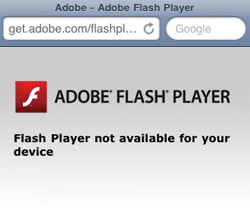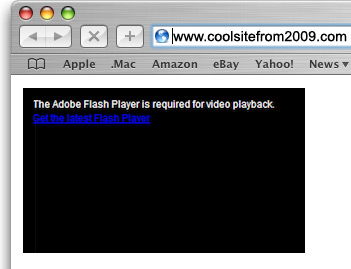Quick Response, or QR, Codes are pretty cool.

Ugly QR Code
If you don’t know what they are or how effective they are, a quick googling of it will explain a lot. In a tweet or less, they’re the funny looking graphic boxes you see on brochures, cards, etc that your smart phone uses to get more info on something.
Whew, that really was less then a tweet.
A scenario is somebody gives you a business card. It’s got a QR on it. You read it with your phone and then your phone goes to that person’s website. All this without you having to painfully type in the actual address of the site.
The use of QR codes is free of any license. The inventors hold the patent, but basically gave it away. You can, however, get custom QRs with your logo, your brand, a smiley face, almost anything smack dab in the middle of it. You want color? No problem. Of course, these options will add some cost typically.

Cool QR Codes
Why am I bringing it up? A company called QRlicious makes such custom QRs and they’re about to do a price increase. If you planned on getting one, you have about a week left to get their old prices. I’ve used them and have been very happy with them. I have no deals with them, I just like to pass on good deals to clients when I see them.
Check them out: http://qrlicious.com/



 This started out to be another “Flash is dead to me” type post. There’s plenty of those out there, but if finally hit me with my own browsing experience. More on that and why I feel it shouldn’t be used the way it’s been used in the past, in a bit.
This started out to be another “Flash is dead to me” type post. There’s plenty of those out there, but if finally hit me with my own browsing experience. More on that and why I feel it shouldn’t be used the way it’s been used in the past, in a bit. So, why did I think Flash was dead? I came across a website that had some Flash pieces on it. It was an audio player and an image gallery.
So, why did I think Flash was dead? I came across a website that had some Flash pieces on it. It was an audio player and an image gallery.
